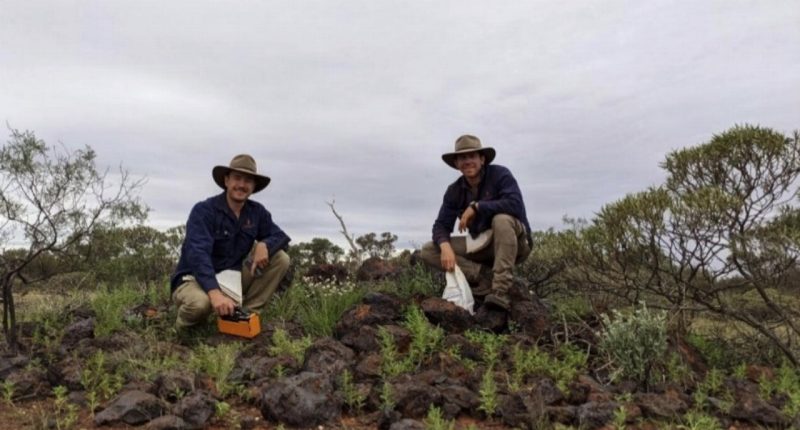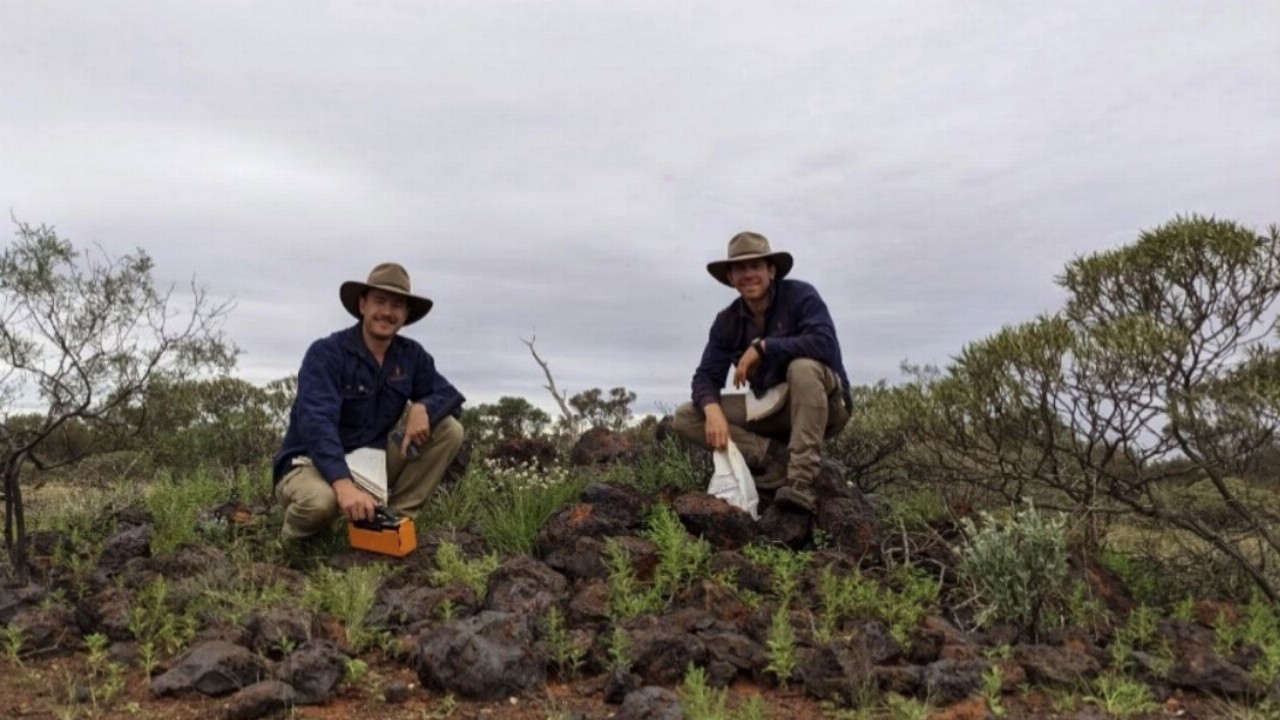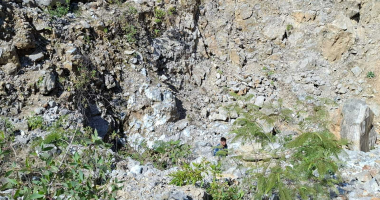- Dreadnought Resources (DRE) shares rock chip assay results from its Mangaroon Project in Western Australia
- The results confirmed rare earth elements (REE) and phosphate mineralisation within its C3 and C4 carbonatites
- Additional high-grade ironstones containing REE, niobium and zircon have also been identified
- Niobium rich veins have also been reported from drilling at the Yangibana deposit
- Dreadnought Resources last traded at 3.6 cents on January 31
Dreadnought Resources (DRE) shares rock chip assay results from its Mangaroon Project in Western Australia.
The results confirmed rare earth elements (REE) and phosphate mineralisation within its C3 and C4 carbonatites.
Additional high-grade ironstones containing REE, niobium and zircon have also been identified.
The large-scale mineralised intrusions may represent the source of the regional REE and associated mineralisation.
The intrusions are central to all known REE and niobium bearing ironstone dykes.
Recent ground truthing by Dreadnought has confirmed the presence of intrusive carbonatite within these features.
Outcrops sampled rock types returning REE and phosphate mineralisation with higher grades coming from weathered carbonatites.
A drilling program will begin at C1-C5 in April. The program will identify areas of mineralisation under cover and help improve the understanding of this obscured and newly discovered system.
C6 is another potential carbonatite intrusion located between the Minnie Creek and Minga Bar faults, but it requires further drilling.
Geochemical and possibly geophysical work will also be undertaken on the ultramafic intrusion to assess the potential for nickel-copper-platinum group elements mineralisation.
Niobium rich veins have also been reported from drilling at the Yangibana deposit.
The high proportion of elements used for electric vehicle magnets and renewable power generation discovered at Yangibana are an important component of the project’s economics.
However, prior to Dreadnought, no significant REE exploration was undertaken south of the Lyons River Fault, which until now was the southern extent of the Yangibana REE Ironstones.
Surface sampling undertaken at the end of 2021 recorded the highest-grade rock chip from Y3 and the identification and confirmation of high-grade niobium veins at both Y2 and Y3.
The Yin deposit, like Yangibana, is unique to REE deposits globally due to the high proportion of neodymium and praseodymium in the total REE’s.
Dreadnought Resources last traded at 3.6 cents on January 31.







